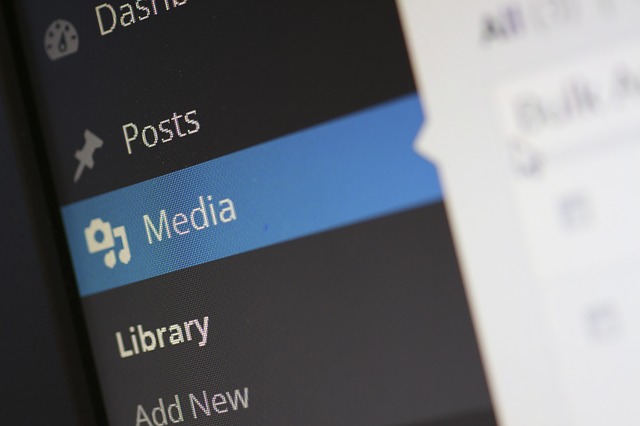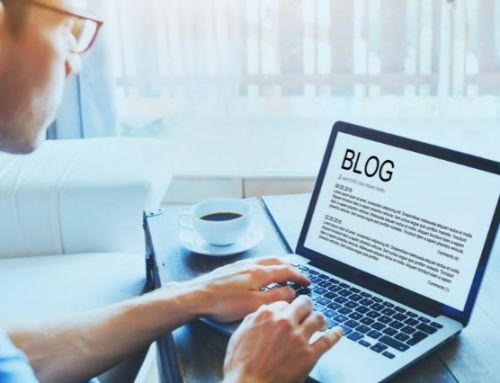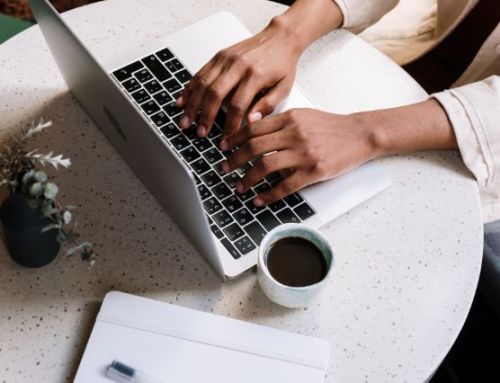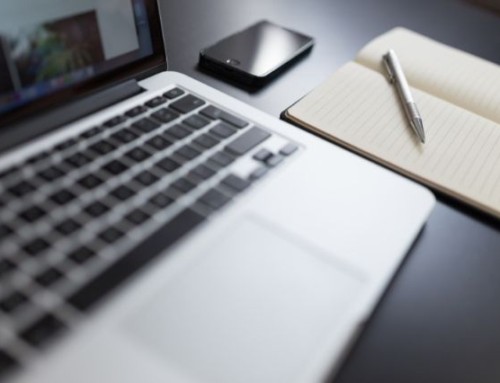Having visually appealing content on your website is critical, and your blog should be no exception to that rule. Many people, even the most experienced bloggers, are sometimes confused when it comes to images. Where can you get images from? Do you have to note where the image came from? Do you embed it in your content, use it as a featured image, or both? What about optimizing the images? Blogging is important for small businesses and doing it right makes all the difference. Check out the article below for some useful tips on how to use images in your WordPress blog.
Always use an image in your blog post
Regardless of what your blog post is about, always use an image! Visual content tends to generate much more engagement than text-based content, so don’t skip the picture! This is true not only for blog posts, by the way, but any social posts you do as well. Take a moment to find a relevant, engaging image to accompany whatever content piece you are creating and posting. Always use an image.
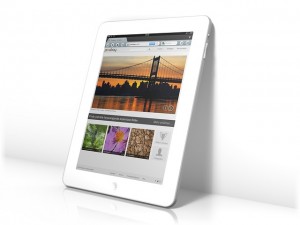 Make sure your images are relevant to your post
Make sure your images are relevant to your post
It can be hard to find good, quality images to use in blog posts, but it’s important to take the time to find one that is relevant to your content, and original for the post. It should be clear to readers how the image reflects the content in the post. The image most certainly can be abstract in relevance, but to use an image that has no connection to the post itself can become a distraction. Take some time to think about what image you want to use to help illustrate the content in your blog post.
Use high quality images in your blog posts
Nothing is more annoying or will detract more from your blog post than a blurry picture. Pixelated images, and even images that are way too big are both equally distracting. Pixelated images just scream lack of quality, while images that are too large will take too long to load. Don’t think it matters? Consider this: 40% of people will abandon a web page if it takes more than 3 seconds to load so yes, size matters! More on how to address size when we talk about tools and resources below.
Finding images that you can use on your blog
You cannot simply take image applicable image you find online and use it on your blog. Do some people do that? Sure. Do they get caught? Sometimes, but don’t be that company. There are many, many resources out there for royalty-free images. Here are a few sites where you can find free or low-cost, royalty-free images:
Most of these sites will ask you to register. On all the sites, they’ll indicate which images cost money, and which ones are free. They’ll also indicate if any of their images require attribution, where you have to give credit to the image source. Pay close attention to these and follow the rules! There are way too many good resources for good quality images to risk any kind of legal trouble for using someone else’s images improperly.
Getting the image size right
There are times when you’ll find a fantastic image but it’s clearly just too big for your blog post. There are a few great tools that can help you keep your image sizes under control! One popular one is WPSmush, which will scan every image you upload – or have already added to your site – and cut all the unnecessary data, and then scales it for you before adding it to your media library. This is a great little plug in to use if you’re unsure about your images being too big.
Feature images in WordPress
A featured image represents the contents, mood, or theme of a post or page. Posts and pages can have a single featured image, which many themes and tools can use to enhance the presentation of your site. When creating a blog post in WordPress, set a featured image for your post. If you want to embed additional images within the post, that’s great, but at least choose a featured image to showcase the blog post.
Don’t forget to optimize your images
Here’s a great article on image optimization. We’ve taken the time to provide a few salient points below:
- Resize images early – if you know the image you want to use is huge, resize it before you upload it to WordPress. Sure you can “smush” it once uploaded, but resizing it before uploading is ideal.
- Name your image – Use descriptive filenames that showcase your keywords rather than meaningless generic names.
- Use Alt tags – Provide a succinct, non-spammy alt tag for each image for reasons of SEO and easier search accessibility.
All of these functionalities are in WordPress; use the tools for best results!
Understanding how to use images in your WordPress blog will make your blog more effective, engaging, and searchable overall. Taking a few moments to understand where to find images, how to use them, and image functionalities within WordPress will pay back great dividends in the long run.
- Marketing Tactics That Your Small Business Can Do for Free - January 10, 2024
- How to Create Images for Your Small Business Website - December 6, 2023
- How Small Businesses Benefit from Referrals - November 6, 2023

